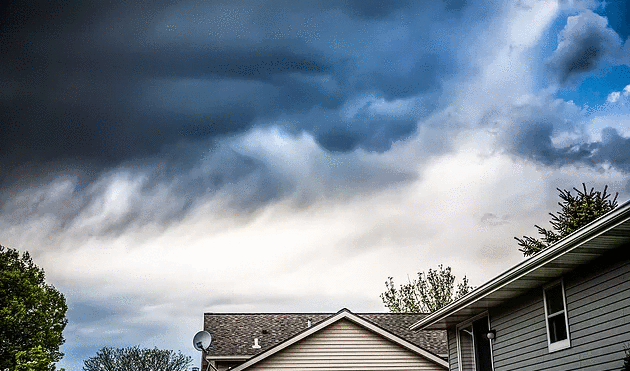

Summary
Summer is the time for fun in the sun outside with family, friends, and neighbors. But sudden changes in weather can often spell trouble for your roof if you’re not prepared. The tips below offer ways to minimize any damage to your roof in the event of bad weather and help keep your summertime enjoyable.
1. Trim Back All Foliage
Summer storms bring fallen tree branches and limbs, the result of strong wind gusts and rain. Besides the obvious damage caused by the weight of the folaige, there is the subsequent cracks and water that can get trapped underneath, which can lead to deterioration of your roof’s shingles from the extra weight of the organic material. Keeping limbs and branches trimmed also helps keep gutters clean, another task that lends itself to a well-maintained roof.
2. Inspect Your Roof
An inspection should not typically involve climbing out onto your roof to determine the presence of any problems. Many issues, including cracks, and loose or missing shingles, can be detected from the ground. Provided regularly scheduled maintenance and inspections are performed, your roof should last for many years without incident. For your own safety, should you decide to venture onto your roof, never do so unless you are wearing proper safety attire. If you wish to have your roof inspected but do not feel comfortable performing the task yourself, contact the professionals at Summit Roofing. Our team will be happy to schedule a free roof inspection to help determine if any problems are present.
When inspecting/evaluating the overall condition of your roof you should look for:
-
Interior Roof Elements: Look for water spots inside the house. Water spots usually indicate a leak coming from the roof of the home. Remember: the location of the water spot may not necessarily coincide with the source of the water leak on the roof. Your local professional roofing company can help determine the source of the leak and advise you of the best course of action to mitigate further damage.
-
Visible Exterior Damage: Missing, bending, broken, or curling asphalt or other shingles; standing water, blocked drains, gutters, or downspouts, clogged gutters, large amounts of algae or moss, or dirt or debris.
-
Outdoor Fixtures: Inspect chimneys, decking, skylights, fascia, vents, etc. for leaks, cracks, rust, rot, or damage.
3. Clean Your Gutters
Regular gutter cleaning allows water to flow away from your roof as intended. When leaves and debris are allowed to clog up gutters, water backs up and pools near your roof potentially causing damage to the underlayment. Though the outer shingles do not reflect this damage, over time, this water if left untreated can cause serious interior damage, including mold and mildew problems costing thousands of dollars in addition to the cost of roof repair. Mold and mildew problems also can pose serious health hazards to both people and pets.
4. Make Any Needed Repairs
Be sure any needed repairs are made as soon as possible. Staying proactive is your best defense against further roof damage. Instituting repairs early rather than later also works to increase your roof’s lifespan.


